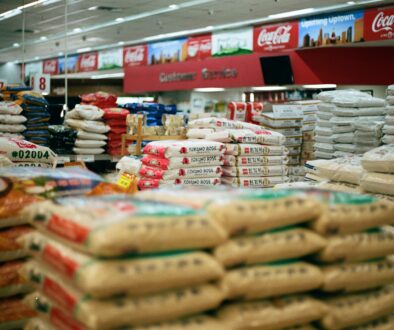Poverty amongst the Desi community in the United States
Poverty for South Asians looks different for those living in the United States compared to those in other parts of the world – but it is still important to address. Poverty is a type of social exclusion that comes when an individual or family fails to meet an established threshold. Two ways poverty can be measured are as absolute poverty or relative poverty.
Economists define absolute poverty as when a person or household does not have the minimum amount of income needed to meet their minimum living requirements over an extended period of time. In other words, they cannot meet their basic needs. When an individual goes below this threshold their survival is threatened.
Relative poverty is the level of poverty changes based on context- it is relative to the economic climate. In the United States, the federal poverty level is the minimum amount of income earned by a household, below which they are eligible to receive certain welfare benefits. The federal poverty threshold in 2019 for a family of four with two children was about $25,000 per year (thus, 200% of the federal poverty threshold was about $50,000). Now, this is very different from what would be considered poor in South Asian countries – and an example of how this is measured can be looked at here.
Here, eight percent of the South Asian population lived below the federal poverty line in 2019. However, when we break this down further – we can see that people from certain nationalities are much more likely to struggle with poverty compared to others. Specifically, 22 percent of Bangladeshis, 20 percent of Bhutanese, 17 percent of Nepali, and 15 percent of Pakistanis lived below 100 percent of the federal poverty level.
Between 1990 and 2019, the percentage of Bangladeshis living at the federal poverty level has increased from 14 percent to 22 percent, while the percentage of Indians and Sri Lankans have slightly declined.
In 2019, the poverty level amongst immigrant Indians, Sri Lankan, and Nepali groups tended to be higher compared to US-Born residents, while the opposite was true for the Bangladeshi and Bhutanese populations.
This is important because oftentimes, immigrants are unaware of their ability to access social service programs such as healthcare, food, and rental assistance. Organizations such as South Asian Americans Leading Together (SAALT) help to combat policies, rhetoric, and action stemming from systemic racism, Islamophobia, and white supremacy; acknowledging the transnational connections to this violence and its impact on the U.S. Diaspora. They provide assistance to the Desi immigrant community around immigrant rights, gender justice, racial justice, and civic engagement.
It’s important that those of us who can do advocacy work voice the importance of Census data collection like this more so that we can actually understand the needs of our communities.




